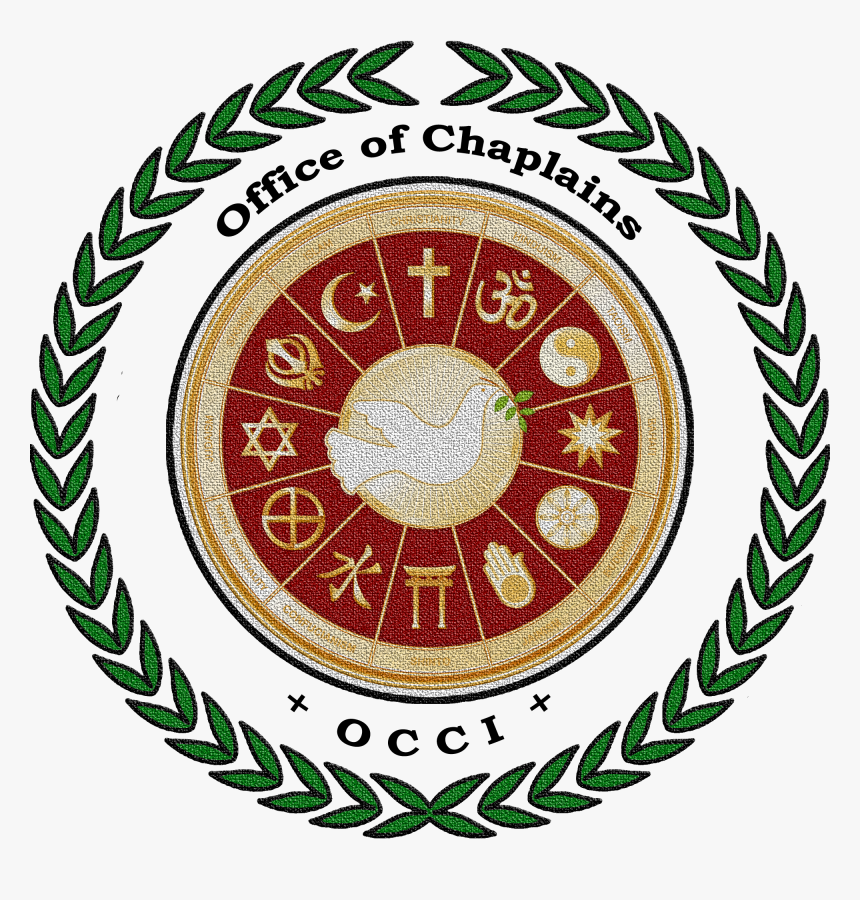In the United States, the tapestry of belief systems is as richly diverse as its cultural landscape. This diversity isn’t merely a collection of disparate faiths; it is an intricate melting pot where various religions intermingle and coexist. From a Christian perspective, one might ponder: what does this amalgam of beliefs mean for our understanding of faith and community? More provocatively, does the convergence of differing spiritual doctrines challenge the supremacy of Christianity within its own homeland?
The United States is renowned for its pluralistic ethos, which has allowed for the flourishing of various religious traditions. While Christianity constitutes the majority religion, a mere glance at the demographics reveals a mosaic of beliefs ranging from Judaism, Islam, Buddhism, Hinduism, and multiple indigenous religions to newer spiritual movements, such as the Baha’i Faith and various New Age practices. This plethora can be perplexing, and yet it invites us to examine the nuanced interactions between faith and culture.
Christianity remains predominant, with approximately 70% of the population identifying as adherents of some Christian denomination. This includes a broad spectrum of traditions, such as Catholicism, Protestantism, and Orthodoxy, each with its unique theological underpinnings and ritual practices. The Catholic Church, as one of the oldest institutions in the country, plays a significant role, particularly in states with historical ties to European Catholic immigration. Protestants, on the other hand, present a much more fragmented landscape, characterized by an array of denominations, including Baptists, Methodists, Lutherans, and Pentecostals, among others. Each group contributes to the religious vibrancy of the nation.
Yet, juxtaposed against this predominantly Christian backdrop, we find robust populations of other faiths. For instance, Judaism holds a historic presence in the United States, dating back to the colonial era. Today, it encompasses a variety of practices, from Orthodox to Reform Judaism, each grappling with the challenges of modernity in America. Meanwhile, Islam, a religion that has seen exponential growth over the last few decades, comprises nearly 1% of the populace. American Muslims, primarily of diverse ethnic backgrounds, are actively participating in interfaith dialogues, seeking to bridge gaps between beliefs.
Buddhism and Hinduism, while having smaller numbers, also contribute significantly to the American religious tableau. With roots in Asia, both religions have carved out spaces in American society, where they are practiced and celebrated. Temples flourish in urban areas, offering a refuge for those seeking spiritual enlightenment and community. The presence of yoga, meditation, and other practices stemming from these traditions has also permeated mainstream culture, showcasing a shift towards a more holistic approach to spirituality.
The challenge for Christianity in this multifaceted religious context is twofold: First, there exists the existential question of its identity amidst rising pluralism. When confronted with the myriad of beliefs and practices, how does Christianity articulate its truths without diminishing or invalidating the experiences of others? This invites an important theological dialogue on the nature of salvation and inclusivity. Various denominations grapple with questions about exclusive salvation and the status of those who follow different paths. Do our neighbors of other faiths share a portion of divine grace? Can one maintain a commitment to Christ while embracing a pluralistic understanding of spirituality?
Second, the challenge arises from the potential for syncretism—a blending of beliefs that can dilute doctrinal purity. It raises a playful question: Is it possible to remain steadfast in Christian beliefs while engaging with the diverse spiritual expressions of society? The answer is not simple. Many Christians champion interfaith dialogue as an opportunity for mutual understanding and respect. Such exchanges can foster a sense of neighborhood and love, hallmarks of the Christian faith. Still, there remains a tension, one that necessitates careful navigation to preserve theological integrity.
Moreover, the relationship between religious freedom and the secularization of society provokes further contemplation. The First Amendment enshrines the right to practice religion freely, which has led to a vibrant, albeit complex, religious landscape. An increasing number of individuals identify as “nondenominational” or spiritual but not religious, reflective of a broader cultural shift towards individualistic belief systems. This raises critical considerations for Christians: how can faith remain relevant and engaging in an age that privileges personal experience over collective doctrine?
The consequences of this religious pluralism are profound. Churches are increasingly focusing on outreach and community engagement, embodying the call of Christ to love one’s neighbor. They are learning to navigate the delicate balance of being rooted in their faith while aware of and respectful toward other religions. Therefore, the answer might lie not in claiming dominance over other beliefs but in illustrating the transformative power of Christianity through acts of love, compassion, and service.
In conclusion, the religious landscape of the USA is undoubtedly a melting pot, presenting both challenges and opportunities for the Christian community. The engagement with diverse beliefs not only invites deeper introspection but also the potential for richer expressions of one’s own faith. As Christians seek to live authentically in a pluralistic society, the journey continues—a quest for understanding, respect, and above all, love, amidst the beautiful complexity of human belief.



